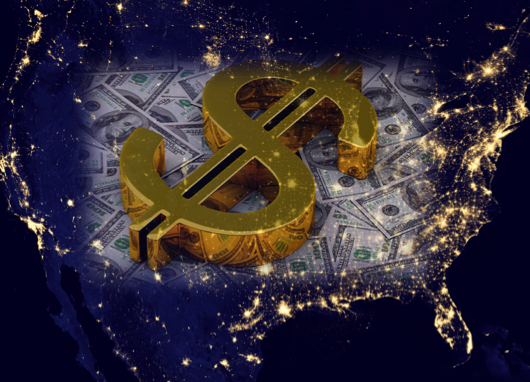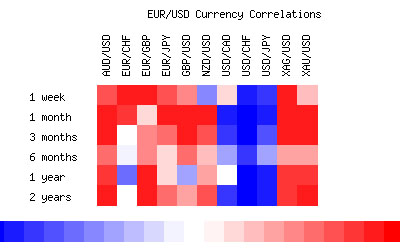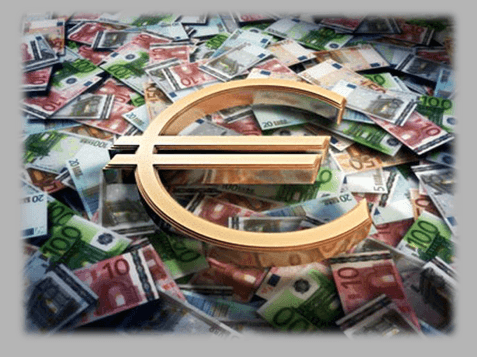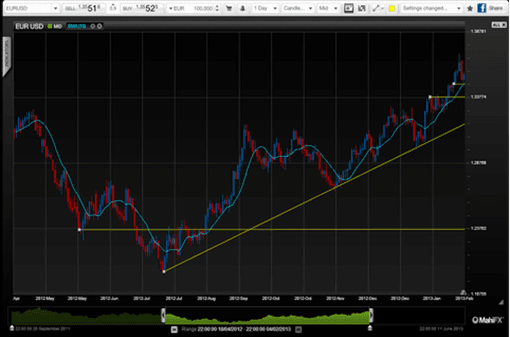The US dollar was trading at seven-and-a-half month highs against a basket of world currencies Friday after government data showed a much bigger than expected rise in October hiring, leading to speculation that the Federal Reserve will begin raising interest rates in December.
US nonfarm payrolls surged by 271,000 in October following a downwardly revised increase of 137,000 in September, the Labor Department reported Friday in Washington. The increase was the highest this year and well above the median estimate calling for 190,000.
The unemployment rate also fell to a new seven-year low of 5% in October from 5.1% the previous month. Average hourly earnings rose 0.4%, double the rate forecast by economists. Average earnings had flat-lined the previous month.
The US dollar index, a weighted average of the greenback against six competitor currencies, surged 1.2% to 99.11, its highest level since mid-March.
The dollar made big gains across the board. The EUR/USD exchange rate plunged 150 pips or 1.4% to 1.0736, its lowest level since April.
The dollar also surged against the British pound, as the GBP/USD exchange rate plunged by 170 pips to 1.5041.
The dollar climbed 0.9% against the Japanese yen, sending the USD/JPY above 123.00 in intraday trade.
Friday’s NFP report is raising bullish bets that the Federal Reserve will begin adjusting rates in December. Policymakers are said to be focusing heavily on the October and November jobs numbers to determine if a rate hike is appropriate by that time.
Expectations for a rate rise will continue to fuel the dollar, which has gained a staggering 24% against a basket of currencies since July 2014.
American stock futures declined following the news, as investors weighed the impact of tighter monetary policy on the equities market. European equities were mixed in the afternoon session on Friday.
Chinese stocks ended the week at two-and-a-half month highs, buoyed by expectations for additional stimulus by the People’s Bank of China. The Shanghai Composite Index advanced 1.9% to 3,590.03, closing up 6.1% on the week. The CSI 300 Index of the largest companies listed in Shanghai and Shenzhen jumped 2.4% to 3,783.37, ending the week up 7.3%.
Tokyo’s Nikkei 225 Index added 150 points or 0.8%, closing at 19,265.60.
The Chinese government will release October trade figures early next week, which will continue to fuel the policy debate. Chinese exports declined 3.7% in September and are forecast fall 3% in October.
Tradersdna is a leading digital and social media platform for traders and investors. Tradersdna offers premiere resources for trading and investing education, digital resources for personal finance, market analysis and free trading guides. More about TradersDNA Features: What Does It Take to Become an Aggressive Trader? | Everything You Need to Know About White Label Trading Software | Advantages of Automated Forex Trading












































